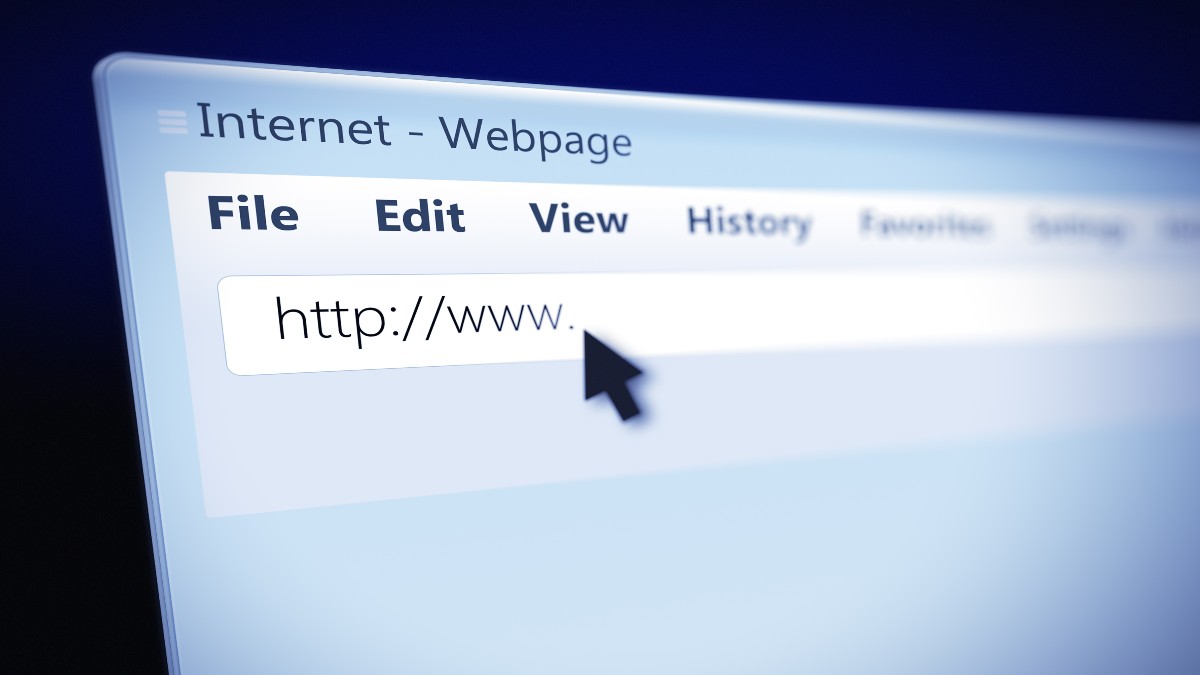TCP/IP: What are the rules of the internet?
TCP/IP is the digital language that sets out the rules of the internet.

Internet Protocol (IP) and Transmission Control Protocol (TCP) are the languages computers use to communicate with one another, and they out the rules of the internet.
TCP/IP makes the internet work a bit like a postal system. There is an address book that contains the identity of every device on the network, and a set of standard envelopes for packaging up data. The envelopes must carry the address of the sender, the address of the recipient, and details about the information packed inside.
The IP explains how the address system works, while TCP explains how to package and send the data.
All computers get an IP address when they connect to the internet, according to PC magazine, and they’re all unique. You can find out yours by typing "what’s my IP" into Google. You’ll notice that it’s not very human-friendly. It either contains four numbers between 0 and 255, separated by full stops, or eight four-digit sequences separated by colons.
You might also notice that your IP address doesn’t stay the same. At home, you get your IP address from your internet service provider but, when you’re out and about, it might come from the wi-fi you've connected to in a coffee shop, or from your company network, according to Business Insider.
How TCP/IP works
To load a website, your machine needs to know the IP address of the web server that contains the data. This is also a long string of letters and numbers, and it might change unexpectedly too.
Luckily, there’s a second address system that helps you to guide your computer to the right place. Known as the Domain Name System, or DNS for short, it gives servers human-friendly names called domains, according to Cloudflare. Your web browser can look them up to find out which IP address to use.
Your computer can then make a connection to the server using a three-way handshake, according to the CISSP Study Guide. First, it sends a message to the server asking if it is ready to talk. It does this by sending an empty envelope with the word "synchronize?" written on the front.
If the server is ready, it writes "acknowledge" on a new envelope and sends it back. Finally, your computer completes the connection by sending a third envelope that also says "acknowledge".

Now, you’re ready to start exchanging data.
To do this, the server chops the content of the website into small pieces and wraps each one in its own envelope. On the outside, it writes its own IP address, your IP address, and a sequence number, according to Cloudflare. That number tells your computer how to put the pieces back together.
When your computer receives one of the envelopes, it checks it and sends a message back saying: "acknowledge". This means, "I have received the data, and everything looks fine."
If the server doesn’t get an acknowledgement back after a set amount of time has passed, it assumes the envelope got lost or damaged, and it sends it again, according to IR Technologies.
Once all the data is safely on your computer, the only thing left to do is close the connection. This involves another three-way handshake. One computer sends an envelope that says: "finish". The other sends back: "acknowledge". The first one replies with: "acknowledge", and the connection closes.
Additional resources
For more information about how the internet functions, check out the many resources at the Internet Society and "Introduction to Networking: How the Internet Works" by DR. Charles R Severance.
Bibliography
- Eric Conrad, et al, "CISSP Study Guide (Second Edition)", Syngress, 2012.
- IR Media, "What Is Network Packet Loss?", accessed April 2022.
- Cloudflare, "What is DNS? | How DNS works", accessed April 2022.
- Cloudflare, "What is TCP/IP?", accessed April 2022.
- Dave Johnson, "How to change your IP address to troubleshoot your internet connection or protect your privacy" Business Insider, May 2021.
Sign up for the Live Science daily newsletter now
Get the world’s most fascinating discoveries delivered straight to your inbox.
Laura Mears is a biologist who left the confines of the lab for the rigours of an office desk as a keen science writer and a full-time software engineer. Laura has previously written for the magazines How It Works and T3. Laura's main interests include science, technology and video games.











